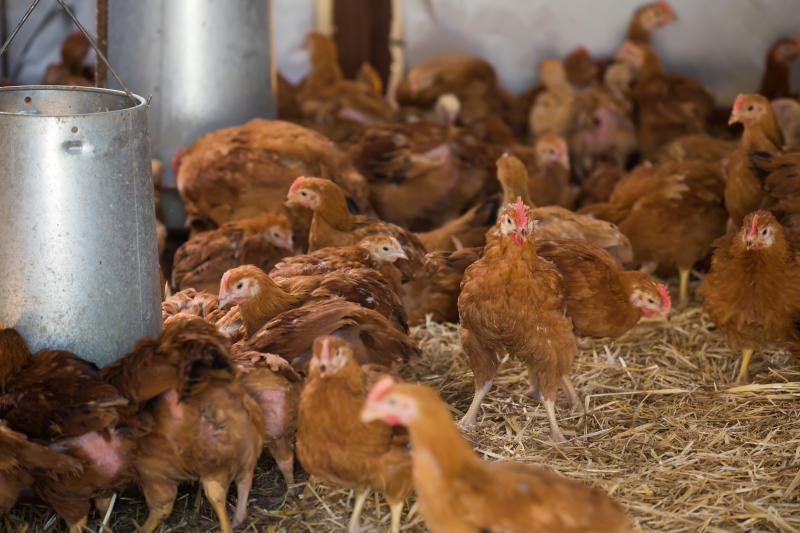×
The Standard e-Paper
Truth Without Fear

Covid-19 has hit most farmers with a huge blow due to the closing of open-air markets where they used to get animal feeds at reasonable prices. Some will be left with no choice but prepare their feeds on their own.